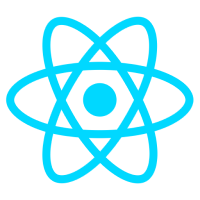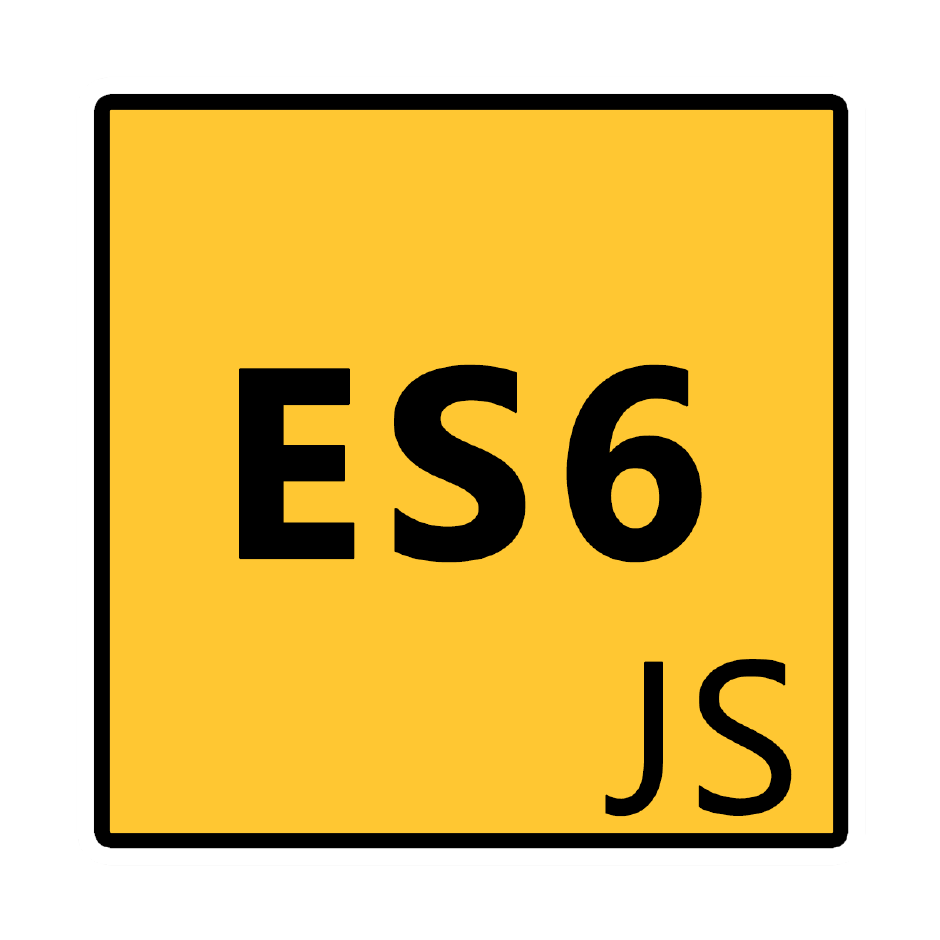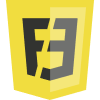25
AprHow To Learn ReactJS in 2024: A Fast & Free Beginner's Guide

ReactJS Course
How To Learn React JS: An Overview
Learning React JS can be very helpful for web developers and front-end developers as they sometimes find it frustrating to write the same code at various places. For instance, if they require adding a button on multiple pages, they need to write a lot of code. Those developers using other frameworks suffer from the challenges to revise most codes even while crafting components that are modified frequently. A library or framework is required so that they can break the complex components as well as reuse the codes to faster accomplish their projects. For this problem, React JS is the solution. In this React Tutorial for Beginners, we'll give you a head start on React JS. For those willing to pursue React JS Certification, the knowledge of the fundamentals of React JS helps a lot.
Read More - React Interview Questions And Answers
What is React JS?
React JS is a well-known open-source JavaScript library which is developed by Facebook. For both the web as well as mobile-based applications, it can manage the view layer. The fundamental use of React JS is to build reusable UI components. It boasts a user-friendly interface. Its powerful community assists you always.
The key feature of React JS is to develop a User Interface (UI) for improving application speed. Moreover, the JavaScript virtual DOM is faster than the standard DOM and it is responsible for improving the performance.
One of the exciting aspects of ReactJS is it is based on components.
- The complex code is broken down into components that assist the developers in better organizing their codes.
- The entire UI categorizes into reusable components. All those components are made separately and ultimately embedded into a parent component which is rendered later on.
- Each component is accountable for generating a tiny, reusable portion of HTML code.
- These components can be nested with other ones for building complex applications with some simple building blocks.
The data patterns and React’s components improve readability and assist you to deal with large applications. React JS can be used on client-side, server-side, and many other frameworks.
After you have a fundamental understanding of React, you can begin building some basic projects like a simple todo-app, a simple calculator app, building a shopping cart, displaying GitHub’s user statistics through GitHub API.
Read More: Difference between React Native and React JS
Why should you learn React JS?
You should definitely add Learning React JS in your checklist right now. And there are many reasons to why you should do that.
- React JS has been gaining large popularity in terms of web development. It has been used by some of the biggest tech companies like Facebook, Instagram, Airbnb, Netflix. Learning React right now can open several opportunities to level up your career as a developer.
- It is highly scalable and easier to manage due to its component based structure.
- React's declarative syntax make it easy to understand as compared to the usual imperative programming.
- Another advantage of React is its active community of developers where you can learn and grow together. It also means that you have access to so many documentations, tutorials and online forums that help you improve in every aspect.
Pre-requisites to learn React JS
- Fundamental knowledge of HTML, CSS, and JavaScript
- Certain ES6 features of Javascript including Let and Const, Arrow Functions, Class, and ‘this’ keyword
- Fundamentals of NodeJS & Code Editors
Read More - React Developer Salary in India 2024
So, How to Learn React JS quickly?
1. Learn HTML, CSS, JavaScript:
For an experienced developer, this section is not needed. But for beginners, it is vital to know HTML, CSS, and Javascript. These three are the fundamental foundations of frontend web development. All of them work collectively to develop a fully functional website or web app. These 3 basic concepts should be covered in the React Learning path.
2. Javascript’s ES6 features:
ES6 is recognized as the version of JavaScript and multiple features are included. To begin learning ReactJS, you must have knowledge of Let and Const, Arrow Functions, Class, and ‘this’ keyword. Let’s explore each of these ES6 features:
- Let and Const:
- Arrow Function:
- Class and ‘this’ Keyword:
Instead of the ‘var’ keyword, you would use ‘let’ and ‘const’. Both of them are different than var. Let defines a local variable that limits its scope to a particular block in which declaration is done. Const defines a constant variable and the corresponding values cannot be modified.
It enables you to write shorter syntax for functions. With this function, your code becomes cleaner and more readable.
It is necessary to learn the Object-Oriented Programming concepts such as Method, Class, and Objects in ES6. It is possible that you have already learned these concepts in Java or C++.
The ‘this’ keyword depicts the current object in execution. For many developers, ‘this’ keyword concept seems confusing. So, make sure to clear any confusion around it. Also, you need to learn to Apply, Call and Bind methods. These methods are used to bind or connect ‘this keyword’ to a particular object.
3. Follow a React's Starter Guide:
It is always beneficial to look for proper guidance when you're still a beginner. A comprehensive React Training Course will definitely help you lead your way from scratch to expertise in React JS with enhanced step by step guide to learning React and using it in your projects like a pro. Through this guide, you will get familiar with React, topic by topic while also putting them in practice.
Read More: React Roadmap 2024: Roadmap for Beginners to Learn React
4. NodeJS Fundamentals & Code Editors:
- To work on React JS, it is important to understand NodeJS fundamentals. When you go through the React tutorial, these basic concepts are covered. NodeJS represents an execution environment for Javascript. Many people assume that it is a programming language but it is false. Each browser contains a JavaScript Engine that is incorporated inside browsers. For instance, Mozilla Firefox contains SpiderMonkey and Chrome contains a V8 engine.
- It is not allowed to carry out any operation outside of the browser. You cannot perform operations like OS operations, File operations, and Network Operations. This is where the NodeJS Fundamentals prove to be useful. Node enables you to accomplish such operations exterior to the browser. Moreover, it is embedded with Chrome’s V8 engine.
- NPM (Node Package Manager) is a package manager useful for installing node modules as well as packages into your project. The installation is identical to PIP for python.
- Import and Export keywords:
- After you install the Node module through NPM inside your project, you need to use the ‘import’ keyword for using that module.
- Use the ‘Export’ keyword while creating a component/module. You just need to return a part instead of all variables and methods.
React Router:
- React routing let you comprehend routing functions in a React application. To learn React JS, you need to learn how to load the content of a precise page or how to effectively redirect to a precise page through React Router.
- After you have enough understanding of React Router, it becomes easy to create projects like the Hacker News clone or a simple CRUD application. When you prepare for React Interview Questions and Answers, questions may be asked on the React Router.
- Alternatively, we can use other third-party libraries such as react-router-dom to implement routing in React applications.
Webpack:
In Javascript, Webpack is a module bundler that assists developers to uphold dependencies like the static files for your project. Hence, the burden on the shoulders of developers reduces. Webpack too comes with loaders that execute explicit tasks for your project.
Server Rendering:
When you learn this concept, you can create components within the server and then render that in form of HTML within your browser. After every JavaScript module gets downloaded inside the browser, the ReactJS comes into play. Server rendering is one of the exciting features of React and it could be used with any back-end technology.
Learning server-side rendering frameworks such as NextJs adds an advantage because it is one of the widely used frameworks and is suitable for React applications.
Redux:
You need to control states across components in a complex application. Redux is a Javascript library that resolves this issue. It maintains the application states. In Redux, all your states are stored in a single source.
5. Take help from Tutorial videos and Documentation:
With increasing technology, you need not go anywhere and still get your hands on the best material to learn anything and everything. Same goes with learning React. There are so many tutorial videos you can get online that will help you clear all your doubts. Use these free tutorial videos to get started:
React Course Beginner’s Tutorial by freeCodeCamp
React Hooks Course by PedroTech
Also, take help from the official React documentation for understanding fundamental concepts of React and its best practices. It is advised to refer the React documentation again and again while you work on your projects to bring clarity and stay updated on the latest features.
6. Practice building React JS projects:
Building projects is hands down the best way to increase your expertise in learning React as while creating your own projects, you are applying the knowledge you learnt to real world scenarios through those projects. You can start with simple projects before moving on to complex ones like a simple to-do list, a weather app, a calculator app, etc. It will help you gain confidence in what you have learnt and when you move to more complex projects, include more functionalities like third party APIs, libraries and frameworks to enhance your knowledge.
7. Engage with React Communities:
One of the best ways to learn React quickly is to join a React community through various forums like Stack Overflow, Reddit and Discord channels. There, you can ask questions and seek help when you need or even help others if you know certain topics better. This helps in learning and growing together with the community of like minds and eventually enhances your learning process. Listed are some communities that you can join in for great learning experience:
Summary
With that, you might have got a gist of what React JS is and what are the advantages of learning React. It is always better to have an expertise in the skills that level up your game and open many doors for opportunities in the field of Web Application. There are many great Certification Programs that will help you achieve that, like our React JS Training Course. Happy Learning!
Read More: Top 5 React developer tools for software development
FAQs
Q1. How do I start learning ReactJS?
Q2. Is ReactJS easy to learn?
Q3. Is React a front end or backend?
Take our free react skill challenge to evaluate your skill

In less than 5 minutes, with our skill challenge, you can identify your knowledge gaps and strengths in a given skill.








